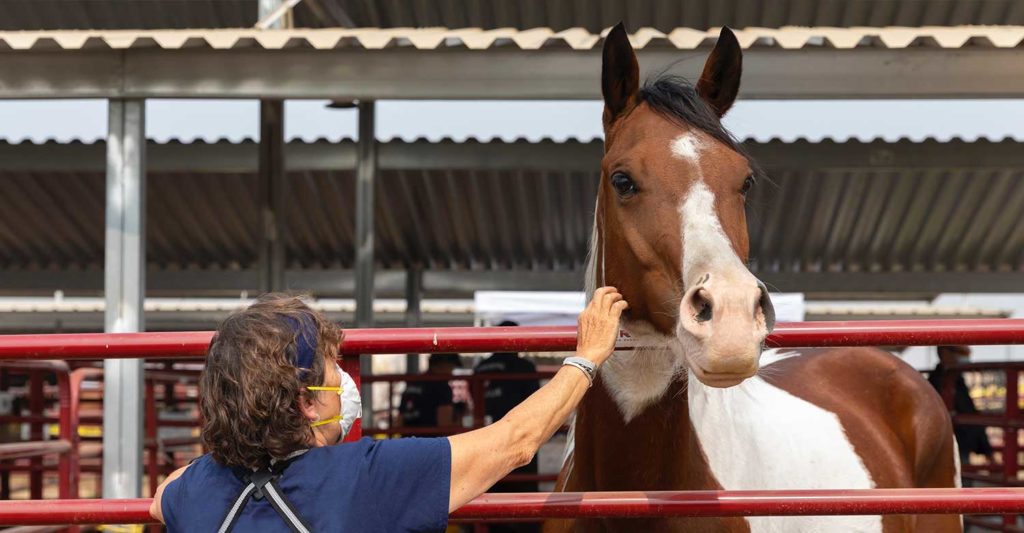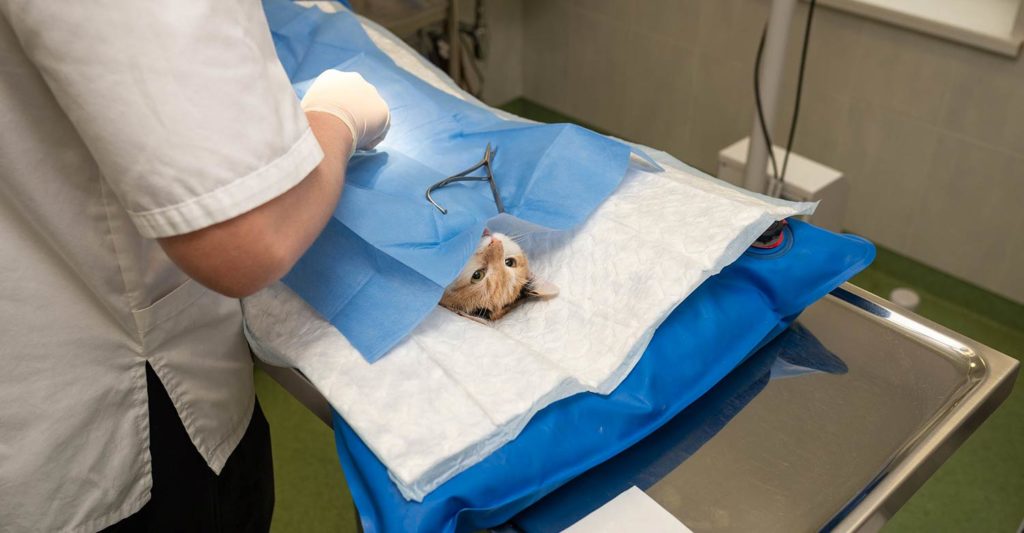
Veterinary technicians are taking on increasingly responsible roles in veterinary practices, and they are becoming more critical to the best patient care.
At the same time, pets are increasingly valued as members of the family compared to decades ago, and many pet owners want the best care for their animal companions that they can get.

This has created a growing demand for not just excellence in medical care for pets but for staff who can deliver that care with a good bedside manner as well, comforting both clients and patients. Veterinary techs can be a vital part of this care.
What is a Vet Tech?
A veterinary technician has some academic training and can fulfill a number of different roles in a veterinarian’s office depending on its size and what other team members are available. These duties might include helping with examination and surgery, calculating dosages of medication, assisting with catheters, performing patient education and more.
Veterinary technicians generally receive an associate’s degree after two years of schooling. Veterinary technology programs are accredited by the American Veterinary Medical Association.
Specialties and the VNI
Opportunities for specialization within the field are growing. There are a number of different ones, but the ten recognized by the National Association of Veterinary Technicians in America that can be credentialed are
- anesthesia
- behavior specialists
- clinical practice
- dental
- emergency care
- equine
- internal medicine
- nutrition
- surgical
- zoological
Some of these specialties, such as clinical practice, are focused more on domestic pets while others, such as zoological or behavioral specialties, could involve working in a zoo or animal sanctuary. As the role and expertise of veterinary technicians expands, so does the push to create a more standard understanding of the profession along with a standard criteria to be used in credentialing.
This is where the Veterinary Nurse Initiative comes in. Under the VNI, the title of veterinary technician would change to registered veterinary nurse. This would recognize the growing skill set and training involved in the position and help clients better understand what a veterinary technician does.

The Veterinary Team
A vet tech is a member of the veterinary team and assists each person on the team in different ways. In addition to the help provided to the veterinarian, a vet tech might be involved in training a veterinary assistant, which is a role that is similar to being a vet tech but which does not involve the formal academic training.
Depending on the size of the practice, a vet tech might interact with office staff or might take the role of office staff as well, including reception and interacting with clients in person and over the phone on initial contact.
Finally, veterinary techs might also work with lab techs from outside the practice and explain test results to clients.
Vet Tech Skills
Vet techs have specific veterinary expertise learned through formal education as well as on the job. In addition, they need to possess a number of other skills in order to work effectively with animals, the rest of the veterinary team and clients.
Compassion and empathy are vital. Both animals and their owners are stressed, and vet techs need to have the ability to understand, respond to and reduce that stress rather than adding to it.
Communication skills are key, whether dealing with other staff members or with clients. Good communication is particularly important when the vet tech is explaining patient care to clients.
Vet techs need to be able to problem solve and multitask. Veterinary offices can be fast-paced environments where the unexpected may happen quickly. Even in normally quiet offices, there may be times when vet techs need to handle several different tasks, such as juggling patient care with front desk duties.
Veterinary Services and the Right Answering Service
For pet owners, a veterinary emergency can be harrowing. It is vital that when they are concerned about the well-being of a pet, they are able to reach someone to determine what action to take.
Other pet owners might simply need reassurance about a pet’s symptoms or may need to reach a veterinary professional soon but not immediately. For a veterinary practice, having an answering service in place that can distinguish between these types of calls and take the right action in the right time frame is critical.
In addition, people phoning for veterinary assistance are worried. Understanding that concern and being able to respond it with warmth, empathy and expertise is also important. An answering service staffed by people trained in the industry who are able to handle callers with compassion and get their needs met at any hour of the day or night can make all the difference for people and their pets.
